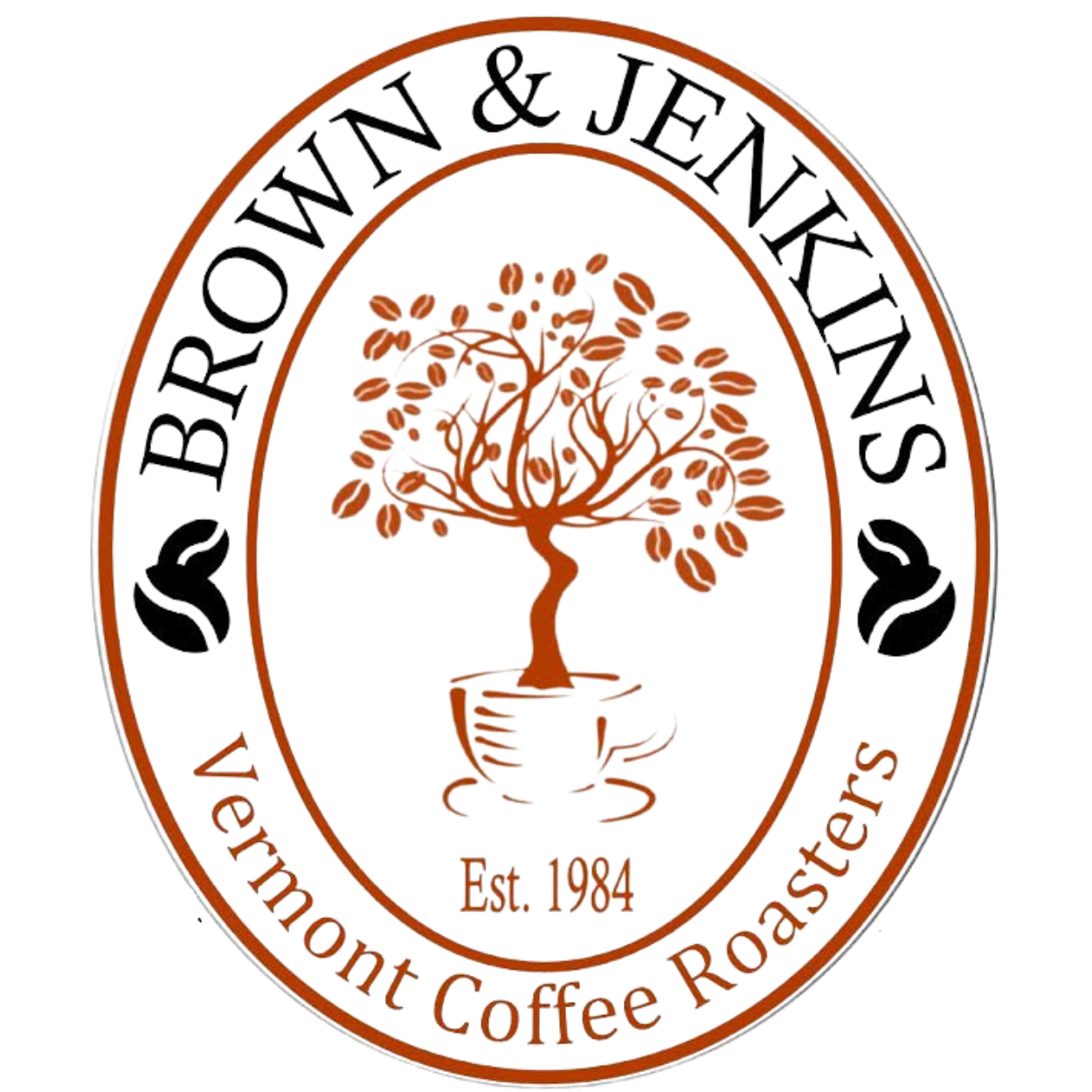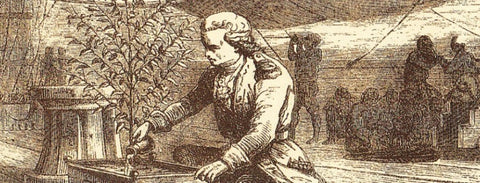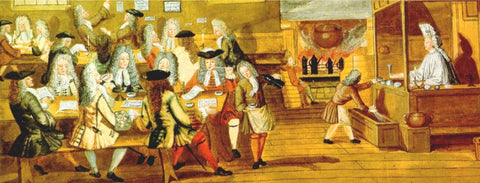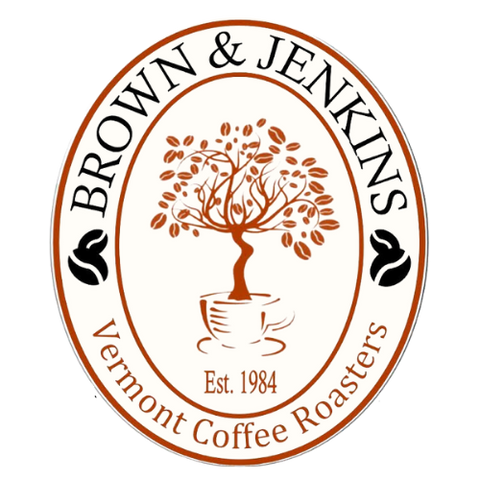It is commonly thought that conquistadors, early explorers and colonists are responsible for coffee’s popularity in the Americas, but this is not accurate. Coffee’s journey across the Atlantic Ocean was a lot more momentous than this.
The first significant import of coffee to America took place in the mid-1600’s via New Amsterdam, later known as New York. However, tea, not coffee, was the beverage of choice for the European-born New-Yorkers-to-be and remained so well beyond the second half of the 18th-century. That is when the cup overflowed, so to speak.
Remember this date: 1773. It is of utmost importance to coffee lovers. King George III had just imposed a gigantesque tax on tea. Does this bring back memories from history class? You just put your cup down (a cup of coffee, we hope) and you’ve got it on the tip of your tongue. Yes, the Boston Tea Party revolt.
While barrels of precious tea were cast out at sea, an Inn owner somewhere began grounding coffee; and then another. It was a beautiful sound of hope and renewal. And the aroma, ah! We exaggerate, but the truth remains: The Boston Tea Party was the tipping point. Coffee outranked tea as the American beverage of choice, almost instantly.
But back to Europe for a brief interlude. As history was brewing up to the above-mentioned dramatic turn of events, coffee plants were already growing on the southern isle of Martinique. They had been brought there by French naval officer Gabriel de Clieu, in 1723. He had obtained a seedling from King Louis XIV’s Royal Botanical Garden, Paris, and taken it for the long voyage to the French settlement.
In fact, and contrary to popular belief, France played a significant role in propagating coffee in the New World, more so than England did. De Clieu’s seedling is believed to be the single ancestor to well over 18 million coffee trees cultivated throughout the Caribbean and South America over the next 50 years or so. Travelers, traders and missionaries did the rest, carrying seedlings throughout the world. And so coffee became one of the world’s most profitable crops by the end of the 18th-century.
Technology would give it a creative boost. In 1864, notably, Pittsburg brothers Charles and John Arbuckle procured a new invention called the self-emptying coffee roaster. They promptly began to market pre-roasted coffee, sold by the pound in paper bags. The names James Folger and Maxwell House were but a few fresh roasted beans away from gaining their own fame as they adapted the process to their own marketing savoir faire.
We raise our cup to the glorious journey of coffee and coffee lovers.





Comments (0)
There are no comments for this article. Be the first one to leave a message!